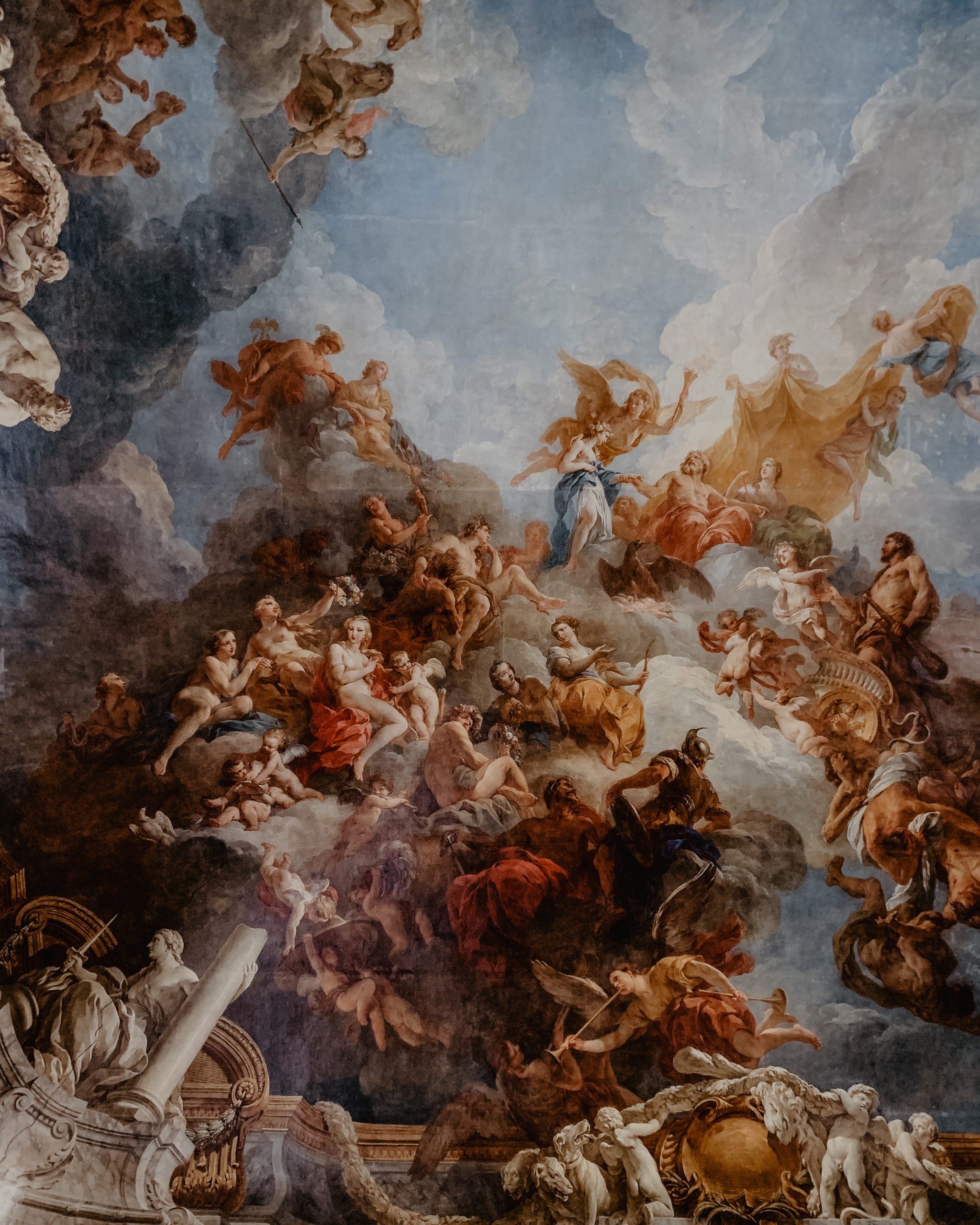Date: May 22, 2023
Byline: [Your Name], Staff Writer
Introduction: In a world saturated with visual media, the power of narratives transcends the written word. Paintings and illustrations have long captivated audiences, allowing artists to tell stories that stir emotions, provoke thoughts, and transport viewers into imaginary realms. In this article, we delve into the enchanting realm of visual tales, exploring the profound impact of narratives in paintings and illustrations.
I. The Language of Visual Storytelling: Visual storytelling is a universal language that speaks to our emotions and experiences. Through carefully crafted compositions, color palettes, and symbolic elements, artists weave narratives that can be both overt and subtle, engaging viewers on multiple levels. From classical masterpieces to contemporary artworks, the stories portrayed within the frames can evoke joy, melancholy, awe, or even challenge our preconceived notions.
II. Unleashing Imagination: One of the remarkable aspects of visual narratives is their ability to ignite the imagination of the viewer. Unlike written stories that leave little room for interpretation, paintings and illustrations allow each person to perceive and construct their own unique narrative. A single artwork can inspire a multitude of tales, reflecting the vast diversity of human experiences and perspectives.
III. The Role of Cultural Context: Paintings and illustrations are not created in isolation; they are influenced by the cultural, historical, and social contexts in which they emerge. These influences shape the narratives depicted, offering a glimpse into the values, beliefs, and concerns of the artist and the society they inhabit. By analyzing these visual tales, we can gain insights into different eras, cultures, and the human condition itself.
IV. Blurring Boundaries: Storytelling in Illustrations: Illustrations, particularly in the realm of children’s books and graphic novels, have a unique power to transport readers into magical worlds. They complement written narratives, enriching the reading experience and immersing readers in captivating tales. Whether through enchanting fairy tales or thought-provoking graphic novels, illustrators wield their brushes to breathe life into stories and leave an indelible mark on readers’ minds.
V. Visual Tales for Social Change: Art has long been a tool for social commentary and activism, and visual narratives are no exception. Many artists utilize their craft to shed light on societal issues, challenge the status quo, and advocate for change. From political cartoons to street art murals, these visual tales have the potential to stir public consciousness, spark conversations, and inspire action.
Conclusion: Visual tales have a unique power to transcend language barriers, evoke emotions, and inspire our imagination. Whether displayed in art galleries, adorning book covers, or found on the pages of graphic novels, paintings and illustrations offer a glimpse into the rich tapestry of human storytelling. By unraveling the narratives embedded within these visual masterpieces, we embark on a journey of discovery, enlightenment, and appreciation for the enduring power of art.
(Note: As a journalist, it is important to conduct interviews, seek expert opinions, and incorporate factual information to enhance the article’s credibility and depth. The suggested article above serves as a starting point and can be further developed with research and interviews with artists, art historians, and experts in the field.)




